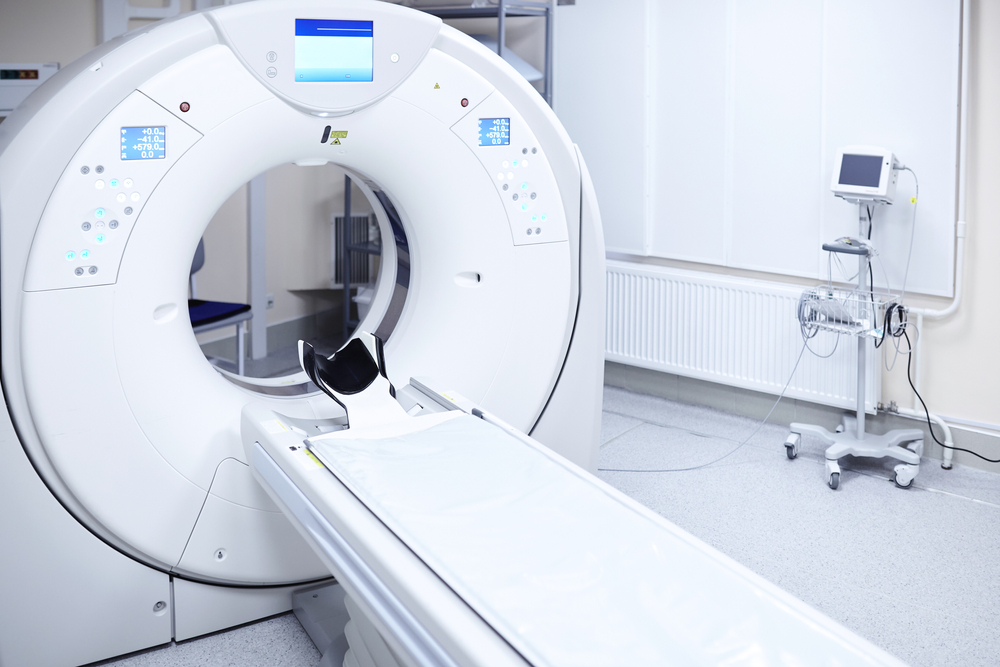Cancer Patients Present Imaging Challenges on COVID CT Scans

CT scans are a critical diagnostic tool for diagnosing COVID pneumonia. Given the number of cancer patients and their susceptibility to infections adds to the overall number of COVID cases. In many emergency departments, cancer patients are likely a substantial portion of any COVID-infected population.
However, a recent study revealed that cancer patients face challenges in detecting COVID because of likely pre-existing pulmonary infiltration. Researchers at the Tehran University of Medical Sciences in Iran retrospectively examined the records of 266 COVID-19 patients with a cancer history from 2020 to 2022. A CT scan or RT-PCR testing confirmed the diagnosis of COVID-19. If the CT scan was done within 5 days of symptom onset, the cancer patient was included in their study. The registry included demographic and clinical information, including:
- Oxygen saturation
- Length of hospital stay
- ICU hospitalization
- Intubation and mortality rates
- Type of cancer
- Stage of cancer
- Oncologic treatment
- Time between cancer diagnosis and the last time receiving anti-tumor treatment
Patients’ cancers were classified as hematological (26%), lung, breast (10%), GI (29%), or other tumors. Results of their study appeared in February 2023 in BMC Medical Imaging.
The study team found that only 43% had “typical” imaging features consistent with COVID-19. The remaining 57% presented as:
- 22% – “atypical”
- 21% – “indeterminate” for COVID-19
- 14% – “no findings” on the initial CT chest scan
Breast cancer patients were six times more likely to experience “indeterminate” results than “typical” results.
The three most common findings were:
- 44% – consolidation with ground-glass opacity
- 34% – pleural effusion
- 5% – pure ground-glass opacity
The researchers discovered that CT scan results were predictive regarding mortality:
- Patients with typical CT findings suggestive of COVID-19 had almost a threefold mortality risk compared to normal CT scans.
- Patients with a severity score of 18 or above had approximately a 1.8 times higher mortality risk.
- Consolidation increased mortality — if consolidation was the predominant finding, mortality risk increased by 4.5 times.
- Those with pleural effusion, centrilobular nodule, or architectural distortion had a worse prognosis than those with normal CT scans.
The study group concluded, “Radiologists should be aware that atypical, indeterminate, rare, or subtle CT patterns may be among the presenting radiological features of COVID-19 infection in patients with pre-existing cancer.
“On the other hand, differential diagnoses of typical ground-glass opacities, such as viral or fungal bronchopneumonia in the immunocompromised state, should be considered. Therefore, in addition to the RT-PCR test, a clinical index of suspicion must be added to CT results to allow for earlier detection and proper treatment of COVID-19, which can be fatal in an oncologic setting.”
Researchers noted the lack of previous CT scans for comparison in most of these patients and encouraged future research for this aspect.